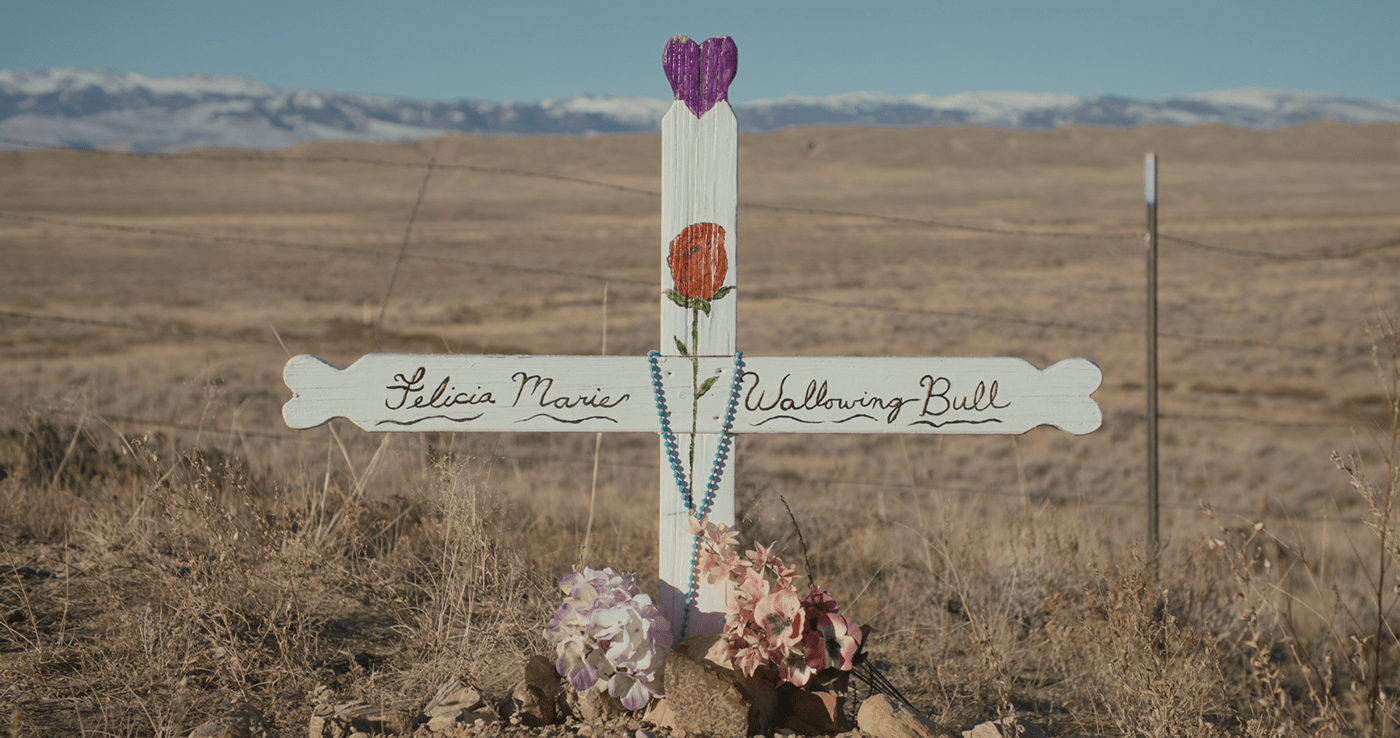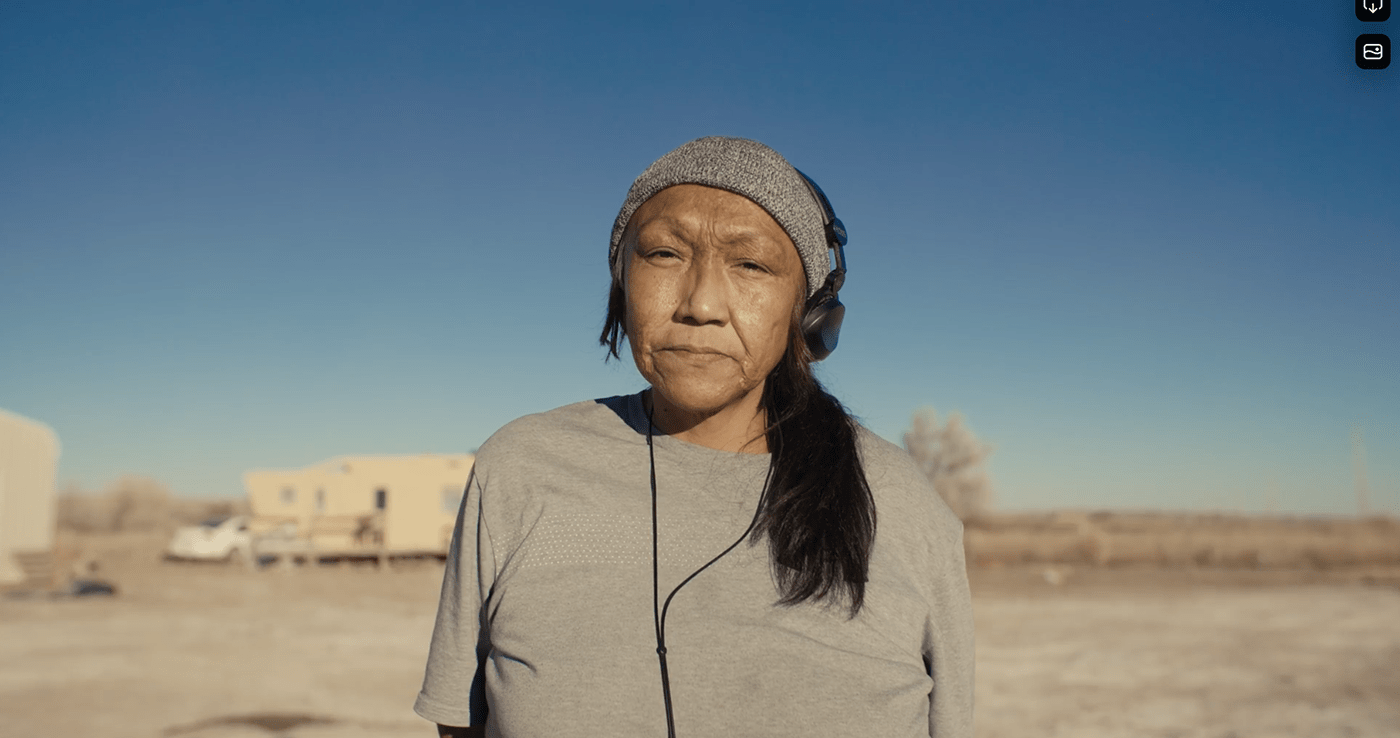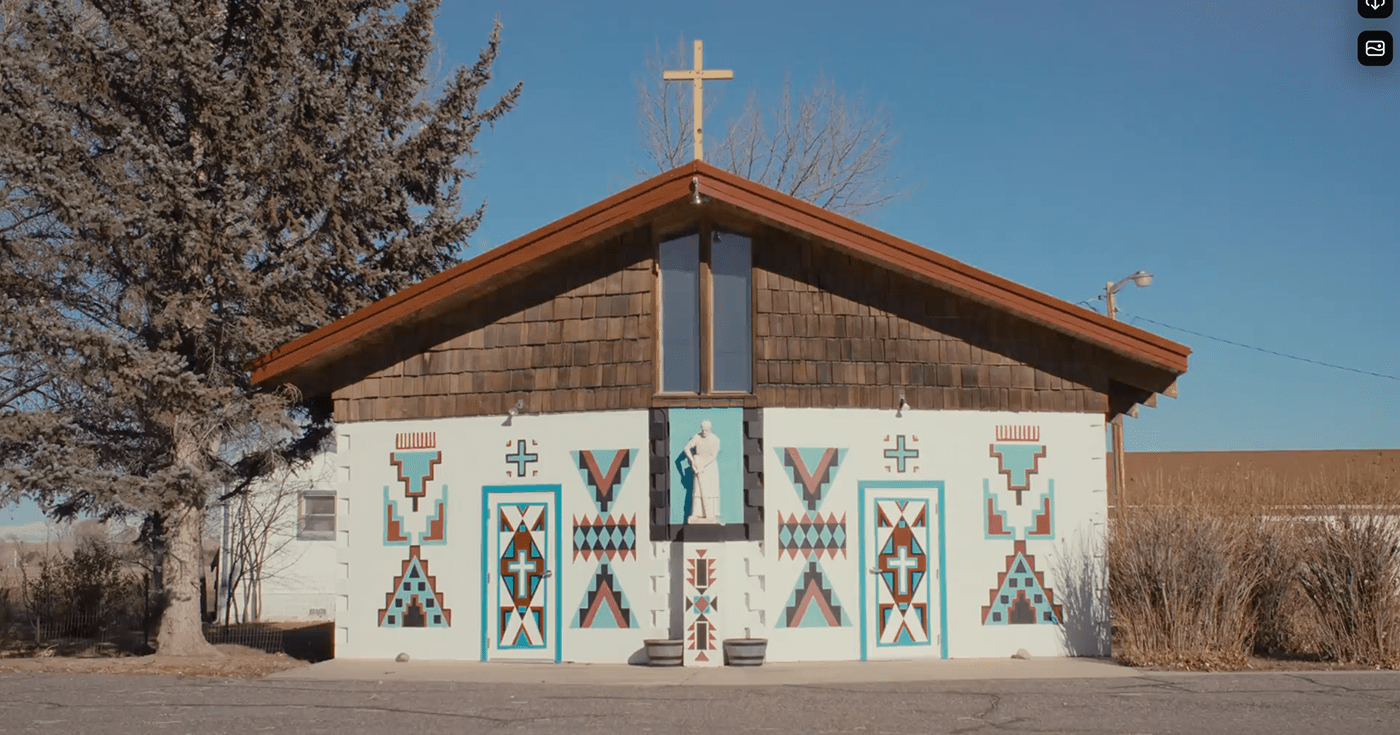Wallowing Bull by Christian Wallowing Bull
Shot on location in the Wind River reservation, Wyoming
Directed, shot & edited by: Noam Sol & Dan Lior
Soundmix: Nir Shor
Color Grading: Imri Agmon
Compositing: Omri Satat Kombor
Production assistant: Fiadh Vincent
Finding a more majestic beast than the American bison is no easy feat. For 400,000 years, these animals have roamed the Great Plains, thriving in the "Great Bison Belt," a stretch of fertile grassland stretching from Alaska to the Gulf of Mexico, allowing the buffalo population to thrive and grow to enormous herds that reached tens of millions.
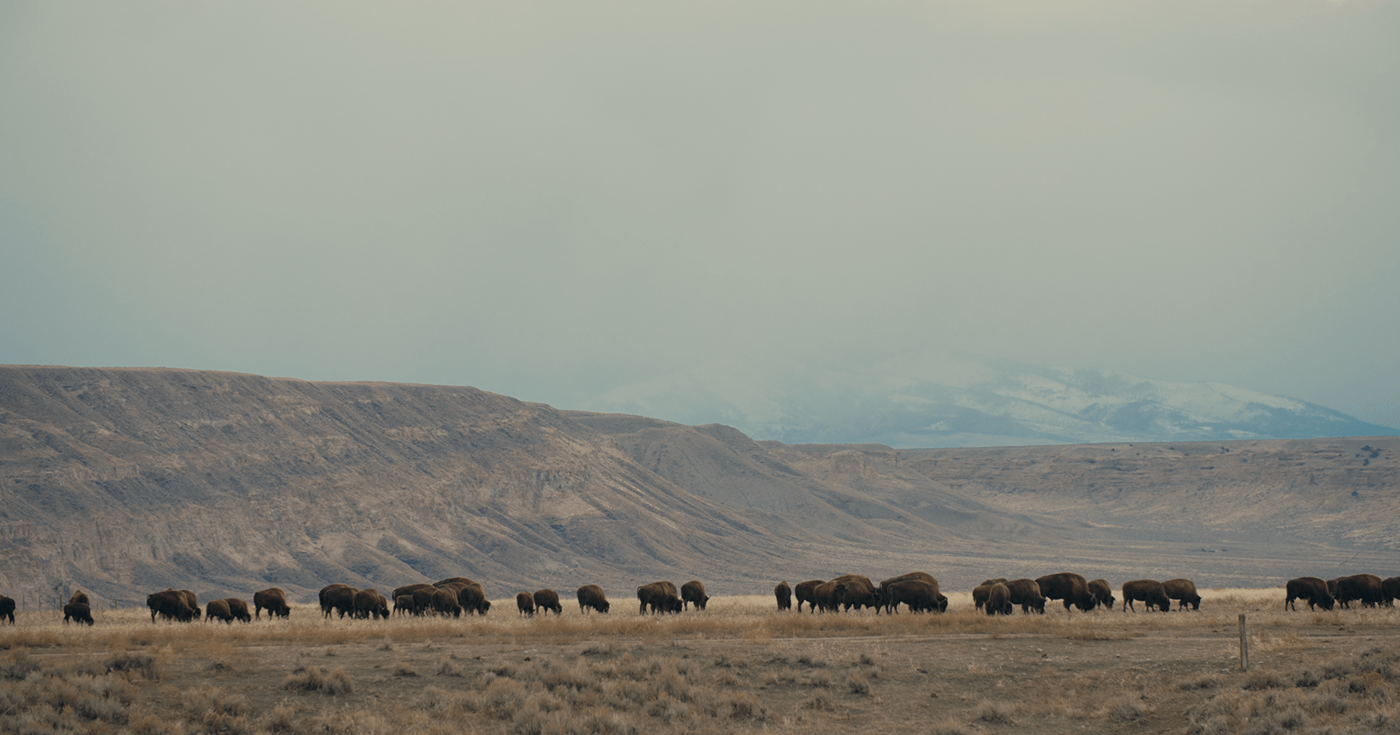
The bison was of central importance to the indigenous people of the Great Plains. They relied on animals for food, shelter, clothing, and spiritual and ceremonial practices. For many Native American tribes, no animal was more significant than the buffalo, a status that remains to this day.
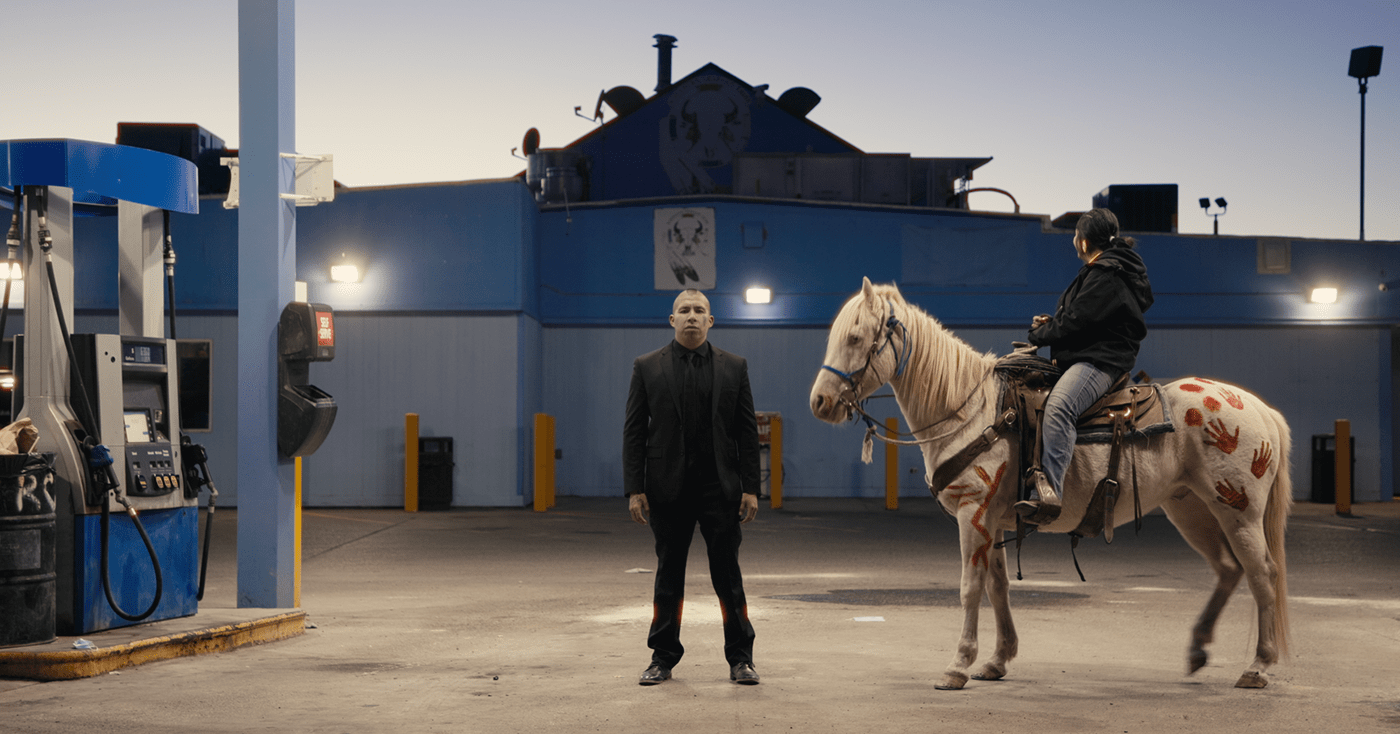
The arrival of European colonists in the 16th century marked the beginning of the bison's decline. The animals were hunted for their hides and meat on a massive scale, and the expansion of agriculture and livestock ranching destroyed their habitat. By the end of the 19th century, fewer than 300 bison were left in the United States.

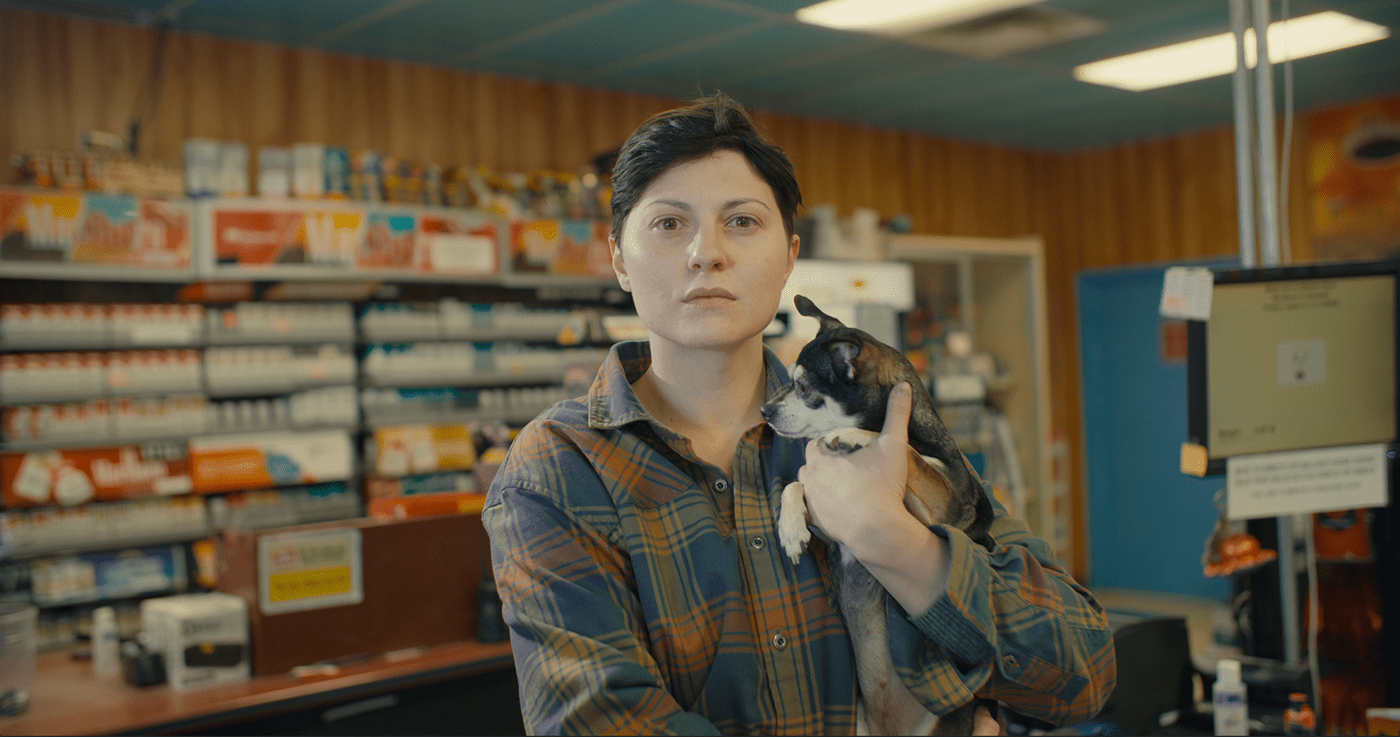
The bison's near extinction sparked a wave of conservation efforts, including creating bison breeding programs and the establishment of national parks. These efforts and stricter hunting regulations have helped the bison population recover. Today, there are approximately 500,000 bison in North America, with the majority found on private ranches and in conservation herds.


